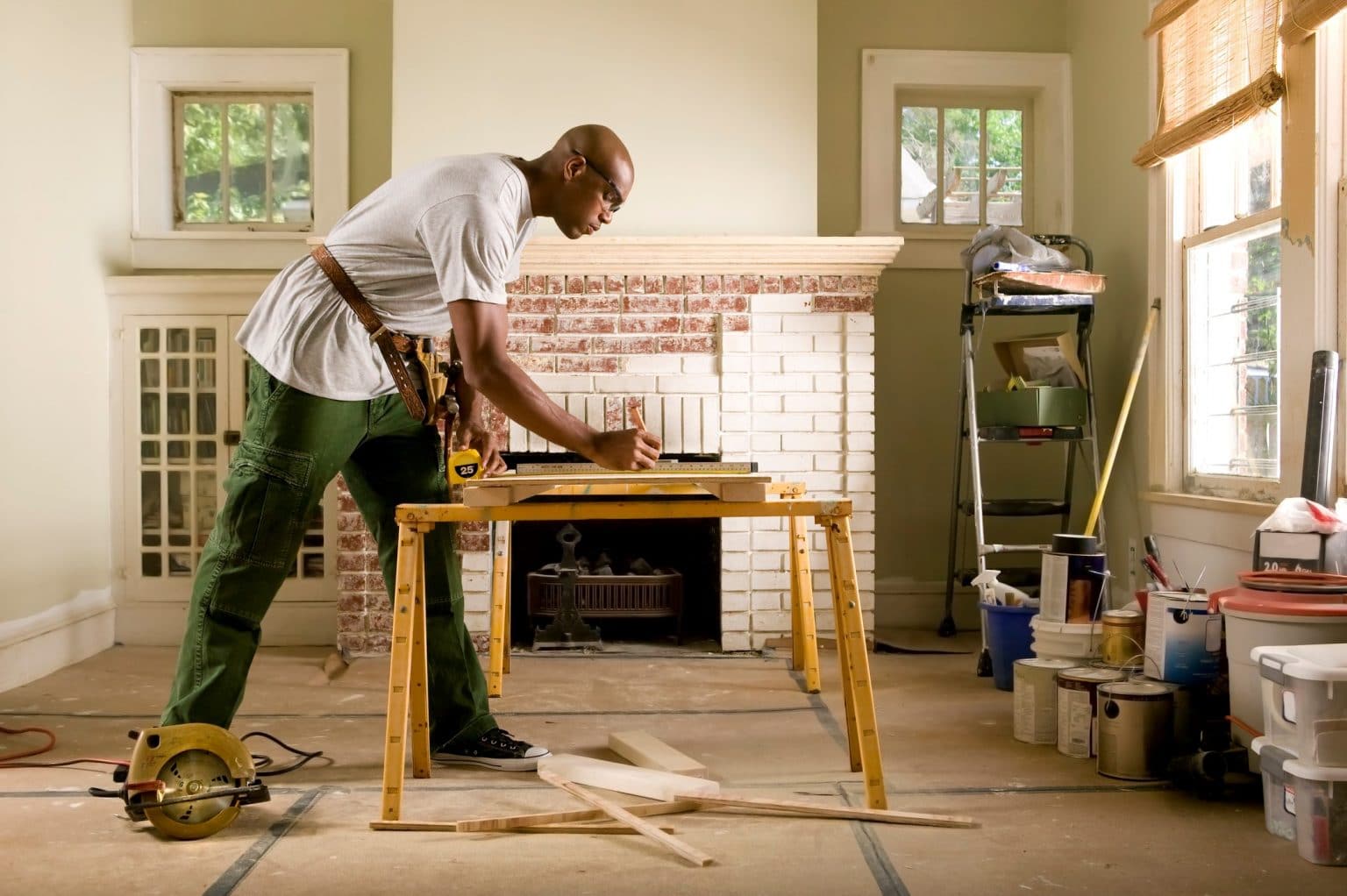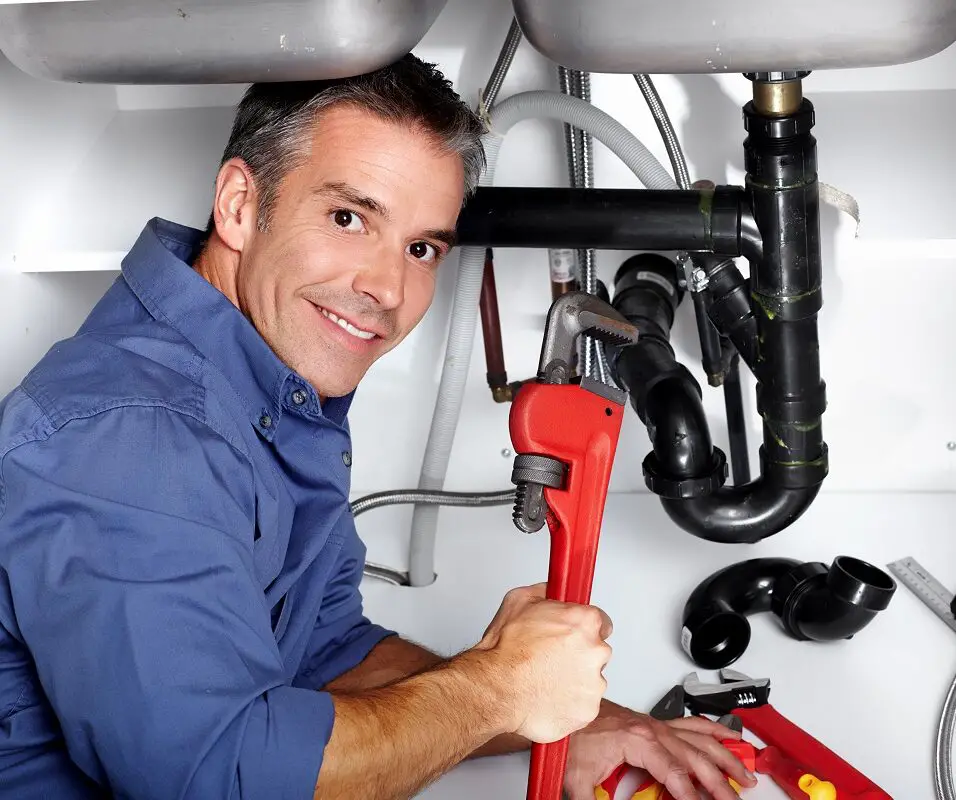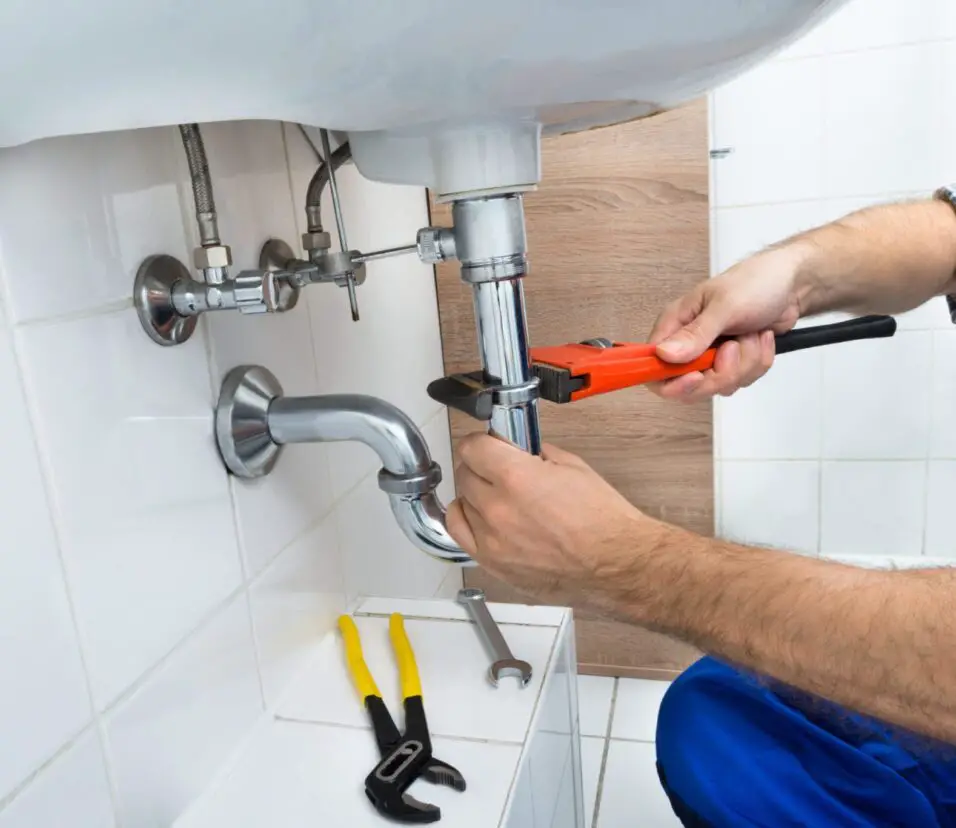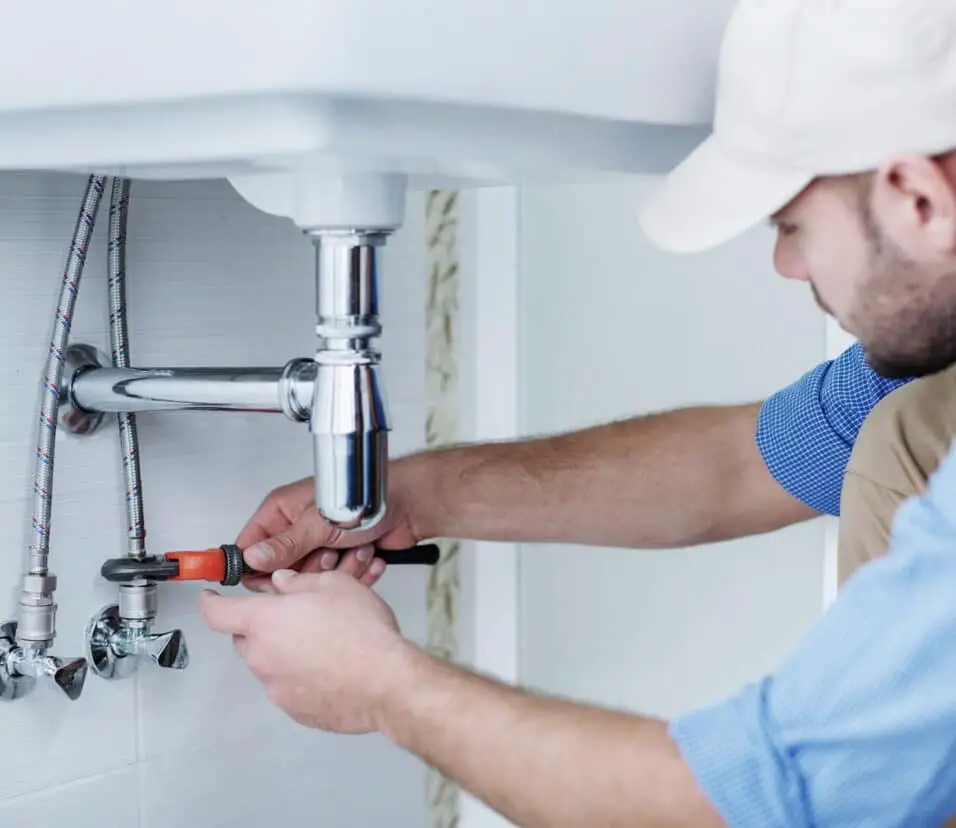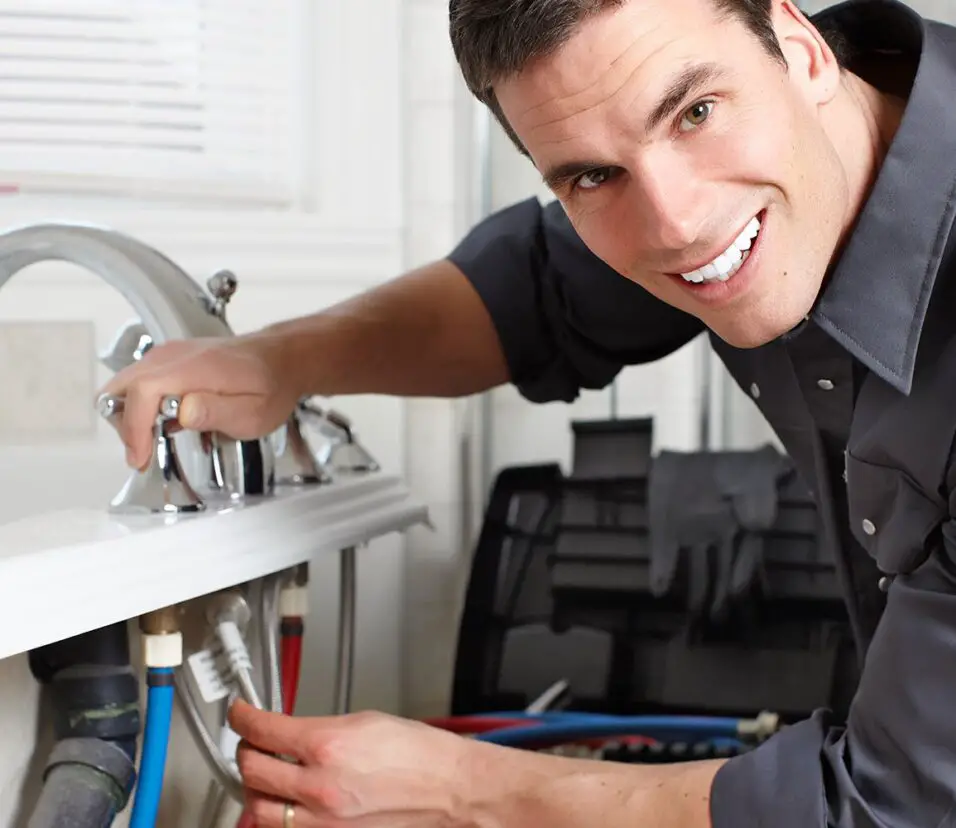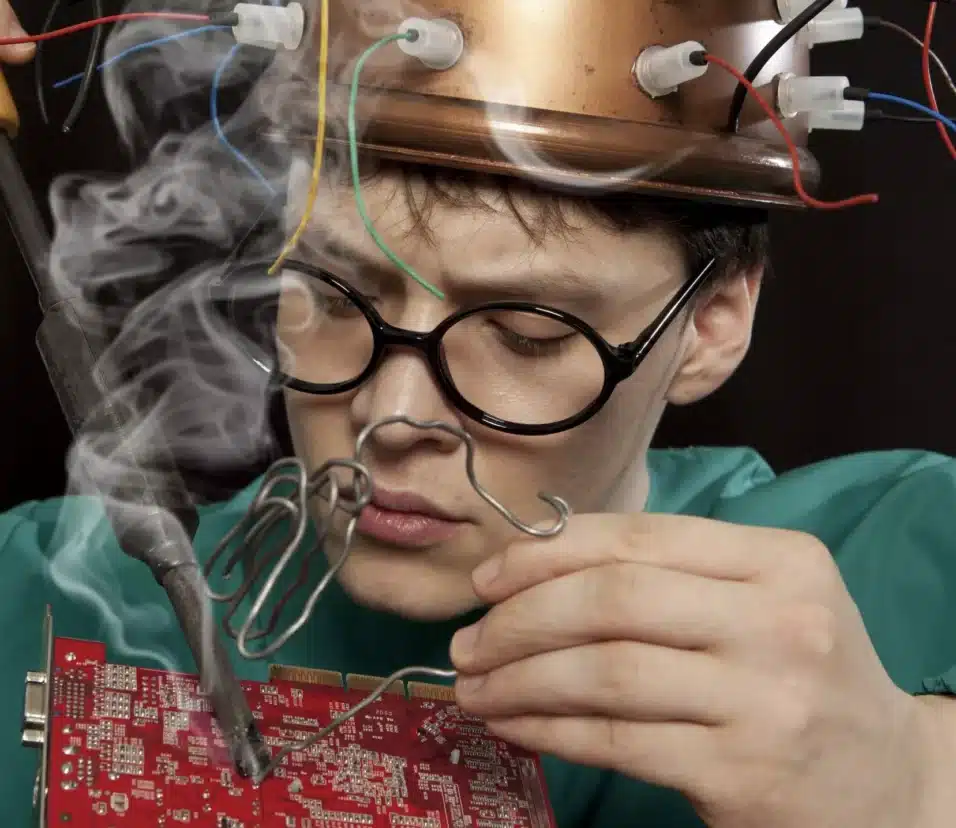How Does Plumbing Work In A House
Introduction
How Does Plumbing Work In A House: At its core, a plumbing system consists of a series of interconnected pipes that carry water to various fixtures and appliances throughout a house. This network comprises supply lines that deliver fresh water and drainpipes that carry away wastewater. The water supply is typically provided by a municipal source or a private well, with the main water line entering the house and branching off to different areas.
To ensure consistent water pressure, plumbing tape employ various devices such as valves, pumps, and pressure regulators. These components control the flow and distribution of water, allowing us to adjust the water pressure as needed. Additionally, plumbing systems utilize traps and vents to prevent the entry of foul odors and harmful gases from the sewer system into our living spaces.
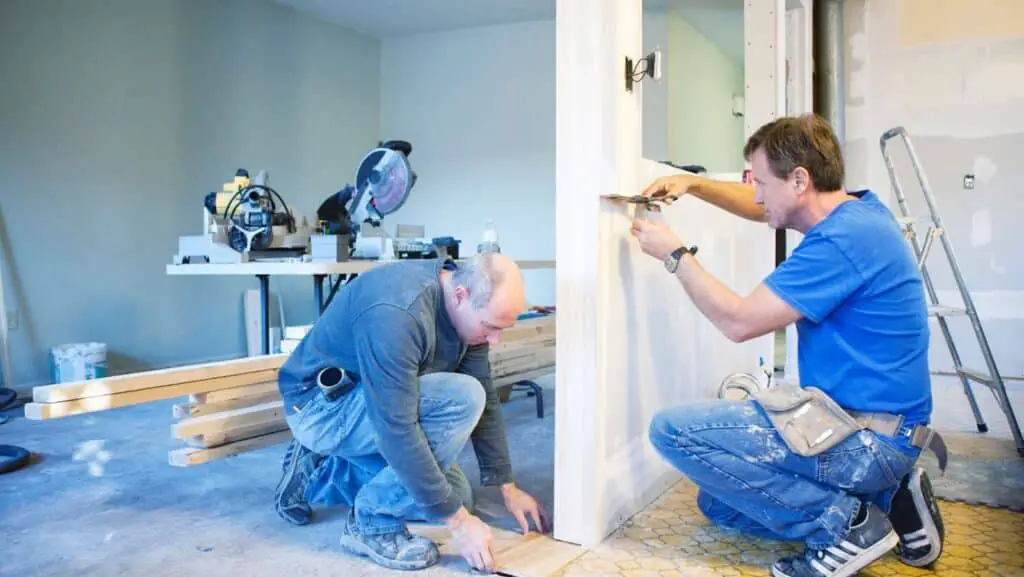
What Is Plumbing System And How Does It Work?
Plumbing devices bring in potable water, use it, and get rid of waste that is soluble in water. Different from building or city water and sewage systems.
In building plumbing systems, complicated lines, couplings, and valves move water and get rid of waste and other fluids. It’s necessary for clean water and good hygiene.
Building water comes from public or private well pipes. With valves and taps, they can change how much water flows. The drain lines on these things take waste water to the sewer or septic tank. Pipes work better with pumps, traps, and vents.
What Are The Basic Principles Of Plumbing?
Basic Principles Of Plumbing System. 1. All the Premises made for human use or habitation shall be provided with the supply of pure and water, neither connected to unsafe water supply nor subject to backflow or back- siphonage.
The basic principles of plumbing encompass fundamental concepts and practices that govern the design, installation, and maintenance of plumbing systems. These principles are essential for ensuring the proper functioning and longevity of the system.
Here are the key principles of plumbing:
Pressure and Flow of Water: Plumbing systems need water pressure to move water around well.
Getting rid of waste water: Gravity plays a big role in how waste water leaves pipes and machines. Plumbing systems have pipes with graded slopes that let the garbage flow easily downward. This keeps the pipes from getting clogged or backing up.
Rules and Codes: Plumbing systems must follow the building rules and codes in their area. People must follow these rules to protect their health, safety, and the world. You can also stay out of trouble with the law and your insurance company if you follow the rules.
Regular Maintenance: You should check your pipes often so that you can find and fix problems fast.
What Are The 3 Main Types Of Plumbing Systems?
The Different Types of Plumbing. There are three different types of plumbing systems; sanitary drainage, stormwater drainage and potable water. Each of these systems have their own unique functions and purposes.
There are three main types of plumbing systems commonly used in buildings: water supply systems, drainage systems, and venting systems.
The water methods used in construction are clean and safe. You can get water from public or private wells in most places. You can get water to sinks, showers, toilets, machines, and more through pipes, valves, and fixtures. Most water lines are made of copper, PVC, or PEX. Flow and pressure regulators control how much water is in a system.
Drains in buildings get rid of liquids and waste water. The equipment has drainpipes. Sloped lines let wastewater drain away by gravity. Back-ups are avoided with drain traps, cleanouts, and the right size pipes.
Vents let air into pipe systems, which makes the flow of waste water better. Vents get rid of sewage gas and openings. These ventilation systems stop water from siphoning off of traps and make draining better. Roof holes let water out.
What Is The First Step In Plumbing?
Step # 1: Start Drilling Through Sills:
Drilling is the first step in residential plumbing. Start drilling through the sill plates and below the floor to make room for the water pipes.
The first step in plumbing typically involves careful planning and designing of the plumbing system. This step is crucial as it sets the foundation for the entire plumbing installation process. Here’s an overview of the first step in plumbing:
Assessing Needs and Requirements:
In the first step, you should figure out what the building or place needs. One part of this is figuring out how many fixtures, appliances, and water outlets will be hooked up to the pipes. Things like the number of bedrooms, the size of the kitchen, and the specific needs of the people who will be living in the building are all taken into account.
Developing a Plumbing Layout:
A plumbing layout is made based on the needs estimate. This includes figuring out where the best places are to put lights, appliances, and water supply lines. The layout takes things like ease of use, usefulness, and the best way to distribute water into account. It is carefully planned where the main supply lines, drain lines, vents, and other parts will go.
Sizing and Material Selection:
The next step is to determine the appropriate pipe sizes and select the right materials for the plumbing system. The pipe sizes are determined based on the expected water demand and flow rates. Factors such as pressure requirements, local building codes, and the type of building materials used also influence material selection.
Compliance with Codes and Regulations:
Plumbing systems must comply with local building codes and regulations. It is essential to research and understand the specific codes and regulations that apply to the location. This includes requirements for pipe materials, installation methods, backflow prevention, venting, and more. Adhering to these codes ensures the plumbing system meets safety, health, and environmental standards.
Engaging Professionals:
While basic plumbing tasks can be done by homeowners, it is advisable to engage professional plumbers for complex plumbing projects. Professionals have the expertise, knowledge, and tools to design and install a plumbing system correctly. They can also ensure compliance with building codes and regulations.
What Are 5 Examples Of Plumbing?
Plumbing fixtures are seen by and designed for the end-users. Some examples of fixtures include water closets (also known as toilets), urinals, bidets, showers, bathtubs, utility and kitchen sinks, drinking fountains, ice makers, humidifiers, air washers, fountains, and eye wash stations.
Plumbing encompasses various fixtures and systems that are essential for the distribution of water and the disposal of waste. Here are five examples of plumbing components commonly found in residential and commercial settings:
Faucets and Sinks: Faucets and sinks are fundamental plumbing fixtures found in kitchens, bathrooms, and other areas where water is needed. Faucets control the flow of water, while sinks provide a basin for various activities such as washing hands, dishes, and food preparation.
Toilets: Toilets are crucial fixtures in plumbing systems, responsible for the disposal of human waste. They are connected to the drainage system and feature a water tank and a bowl. Flushing mechanisms allow for the efficient removal of waste into the sewer or septic system.
Showers and Bathtubs: Showers and bathtubs provide bathing facilities and are connected to the water supply and drainage systems. Showers typically have a showerhead and controls to adjust water temperature and flow. Bathtubs offer a larger basin for soaking and relaxation.
Water Heaters: Water heaters provide hot water for various purposes, such as bathing, cleaning, and cooking.
Washing Machines and Dishwashers: These appliances rely on plumbing systems for their water supply and drainage. Washing machines have hoses connected to the water supply and drainage pipes to fill and empty the machine.
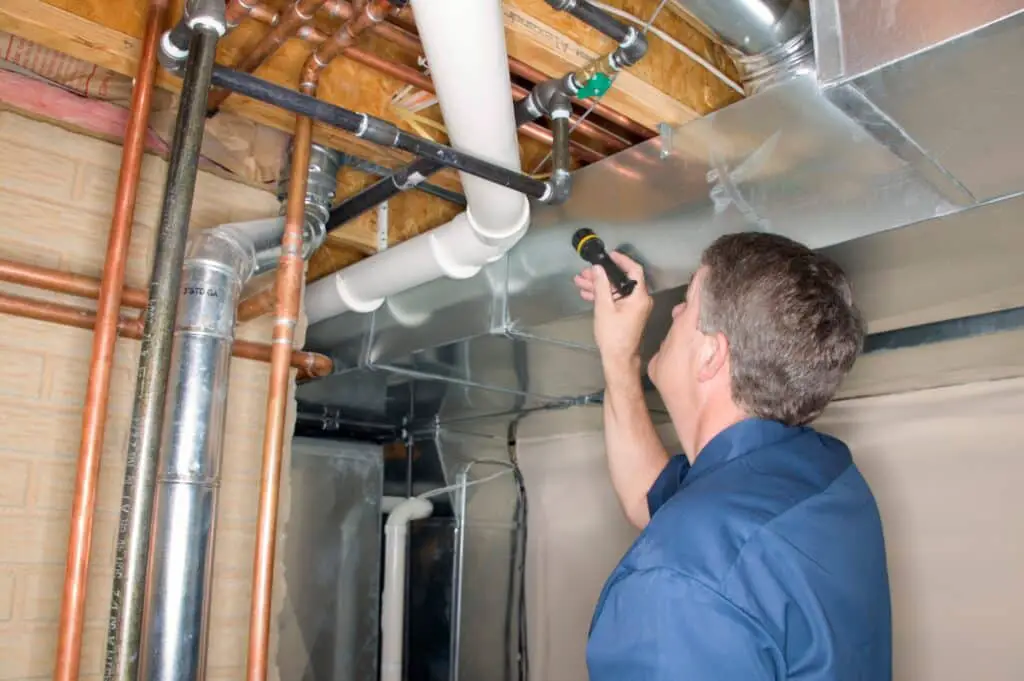
What Are The Main Components Of A Plumbing System?
The main components of a plumbing system in a house include water supply pipes, drainage pipes, fixtures (faucets, toilets, sinks, etc.), valves, water heaters, pumps, and various fittings and connectors.
A plumbing system consists of several main components that work together to provide clean water supply and efficient wastewater disposal. Here are the key components of a plumbing system: Things that use water get it through pipes.
Plumbing valves control how much water flows. Pipelines start and stop. Some types of valves are gate, ball, and globe.
Plumbing parts get rid of waste. Showers, faucets, bathtubs, sinks, toilets, and water outlets are all common features. Plumbing carries water and waste away.
Curved sewer gas traps block the way in. Some frequent traps are in the shower, sink, and toilet. Their water has garbage that doesn’t contain gas.
Vents let air into the pipes and let sewage gases escape.
How Does The Water Supply Work In A Plumbing System?
Most plumbing systems deliver pressurized water. Water meters are linked to the house’s main water supply line. Lines carry water throughout the house. Valve controls supply or cut off water.
Key Water Source: This is the major path from public or private well to dwelling.
For billing, a water meter and pressure regulator measure water entering the home.
From the main water supply line, branch lines distribute water to different parts of the building. Up and down and left and right, most branch lines connect floors and parts of the building.
Plumbing valves regulate water flow.
What Should I Do If I Have A Plumbing Issue In My House?
To find and fix plumbing problems, call a licensed plumber. It can be dangerous to try to fix plumbing problems on your own.
If you have plumbing problems, you should fix them right away to avoid damage and stress. Having problems with your plumbing? Do these things:
Look at the situation:
Find out how bad the plumbing problem is. Look for a pipe that has burst, a huge leak, or a toilet that is overflowing. Understanding urgency helps you decide what to do first.
Stop the water:
For big leaks, broken pipes, or too much water flow, find and turn off the main water shut-off valve. Stop the water from coming into your house to stop more damage. Find the main valve that turns the water off.
Hire a Great Plumber:
If you have serious plumbing problems, you should call a plumber. With their tools and knowledge, plumbers find plumbing problems and fix them. Make sure the plumber you hire has a license and the right skills.
Lessen the damage:
Keep the damage to a minimum while you wait for the plumber.
Get rid of the mess:
If the plumbing problem has caused water to build up or is dangerous, you should clean up and take out any fragile or valuable items to keep them from getting damaged.
Listen to what professionals say:
Let the plumber know what’s wrong and do what they say. Look into the problem, figure it out, and fix or replace it.
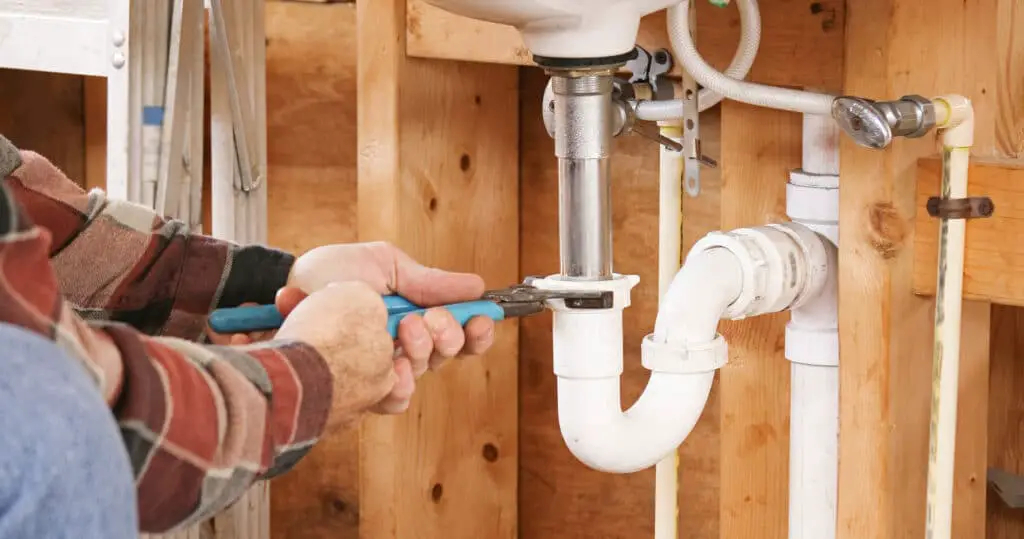
Conclusion
Plumbing plays a vital role in our daily lives, enabling the distribution of clean water and the removal of wastewater from our homes. Understanding how plumbing works in a house helps us appreciate the complexity and importance of the system that keeps our households functioning efficiently and hygienically.
Plumbing systems rely on a network of pipes, valves, pumps, and fixtures to deliver fresh water and remove wastewater. From the main water supply entering the house to the branching supply lines and drainpipes that reach every corner, each component works together seamlessly to provide us with essential services.
The maintenance and proper functioning of plumbing tools require periodic inspections, repairs, and preventive measures. Homeowners can play an active role in preserving the integrity of their plumbing by promptly addressing leaks, clogs, or other issues. Regularly checking for water pressure irregularities, ensuring proper insulation to prevent frozen pipes during winter, and keeping drains clear are all part of responsible plumbing maintenance.



